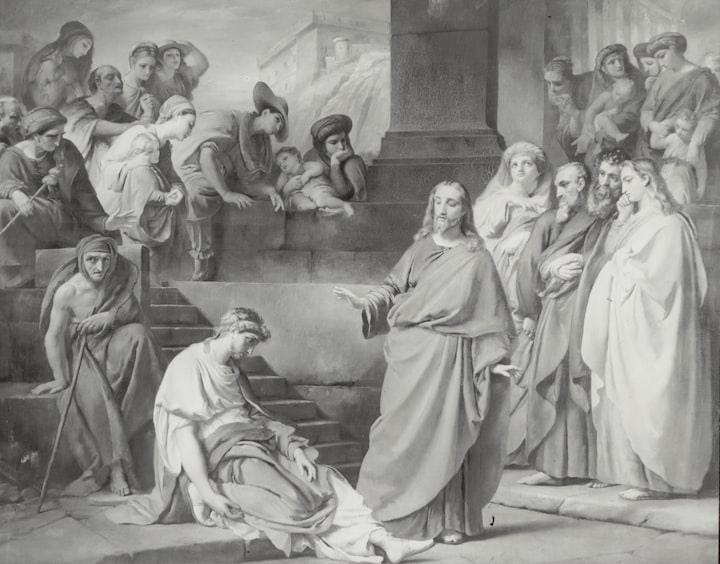
Someday, each of us will face the inevitable reality of our own mortality. It's a universal truth that, despite our varying beliefs and perspectives, binds us all together. The contemplation of death often leads us to question the nature of existence and whether the pursuit of a longer life is a worthy endeavor. These musings prompt us to reflect on the very essence of life itself.
In the quest for understanding death, the Terror Management Theory (TMT) offers a unique lens through which we can explore the human psyche. According to TMT, our awareness of mortality drives us to embrace cultural values fervently. Originated by social psychologists Sheldon Solomon, Jeff Greenberg, and Tom Pyszczynski, TMT posits that the fear of death influences our worldview, shaping our beliefs and behaviors. The more conscious we are of our mortality, the more inclined we are to impose our perspectives on others.
Diving deeper into the impact of death on our lives, a pilot study emerges as a fascinating exploration. Collaborating with TMT originators Jeff and Sheldon, the study delves into the correlation between mortality salience and societal attitudes. The hypothesis suggests that individuals reminded of their mortality may exhibit more punitive behaviors, especially when confronted with challenges to their worldviews.
The study unfolds in a controlled environment where participants, unaware of the true nature of the research, provide judgments on hypothetical scenarios. The experimental group, subtly exposed to reminders of death, shows a nuanced shift in their responses, hinting at the intricate relationship between mortality awareness and decision-making.
As the study unfolds, the control group exhibits a collective inclination towards more lenient judgments. However, the experimental group, primed with reminders of mortality, displays a heightened deliberation process, suggesting a nuanced impact on their thought patterns. The statistical analysis reveals subtle yet significant differences in response times, underscoring the complexity of mortality salience.
Transitioning from the academic exploration of death's influence, the narrative takes a personal turn. A rendezvous with Caitlin Doughty, a mortician and death positivity activist, offers a profound perspective on accepting mortality. Caitlin delves into the societal shift from intimate home-based death rituals to the modern, often sterile, funeral industry. She highlights the significance of acknowledging death as an inherent part of life and encourages genuine self-awareness about one's fears.
The exploration extends to Alcor, a prominent life extension facility, where the possibility of cryonics challenges traditional notions of mortality. Co-founder Linda Chamberlin guides us through the process of cryopreserving individuals in the hope of future revival. The ethical conundrum of extending life indefinitely prompts reflections on the potential societal implications and the balance between wisdom and cognitive decline.
Confronting the dichotomy between embracing death and pursuing life extension, Alcor's CEO Max More envisions a future where individuals can continue to evolve mentally and physically. His perspective challenges conventional notions of death as an inevitable end, proposing an alternative narrative of an extended and enriched life.
The journey culminates in a deeply personal revelation by the narrator. A decision to embrace the inevitability of death, opting for a natural burial, becomes a powerful declaration. This choice, rooted in a desire to return one's elements to the earth, signifies a profound acceptance of mortality.
In the grand tapestry of life and death, each perspective, from the intricate workings of TMT to the pursuit of life extension and the acceptance of mortality, weaves a narrative that reflects the universal human experience. The exploration invites us to ponder the significance of our choices in the face of mortality and prompts contemplation on the essence of a life well-lived.
About the Creator
Med Karim
"When you have a dream, you've got to grab it and never let go."






Comments
There are no comments for this story
Be the first to respond and start the conversation.